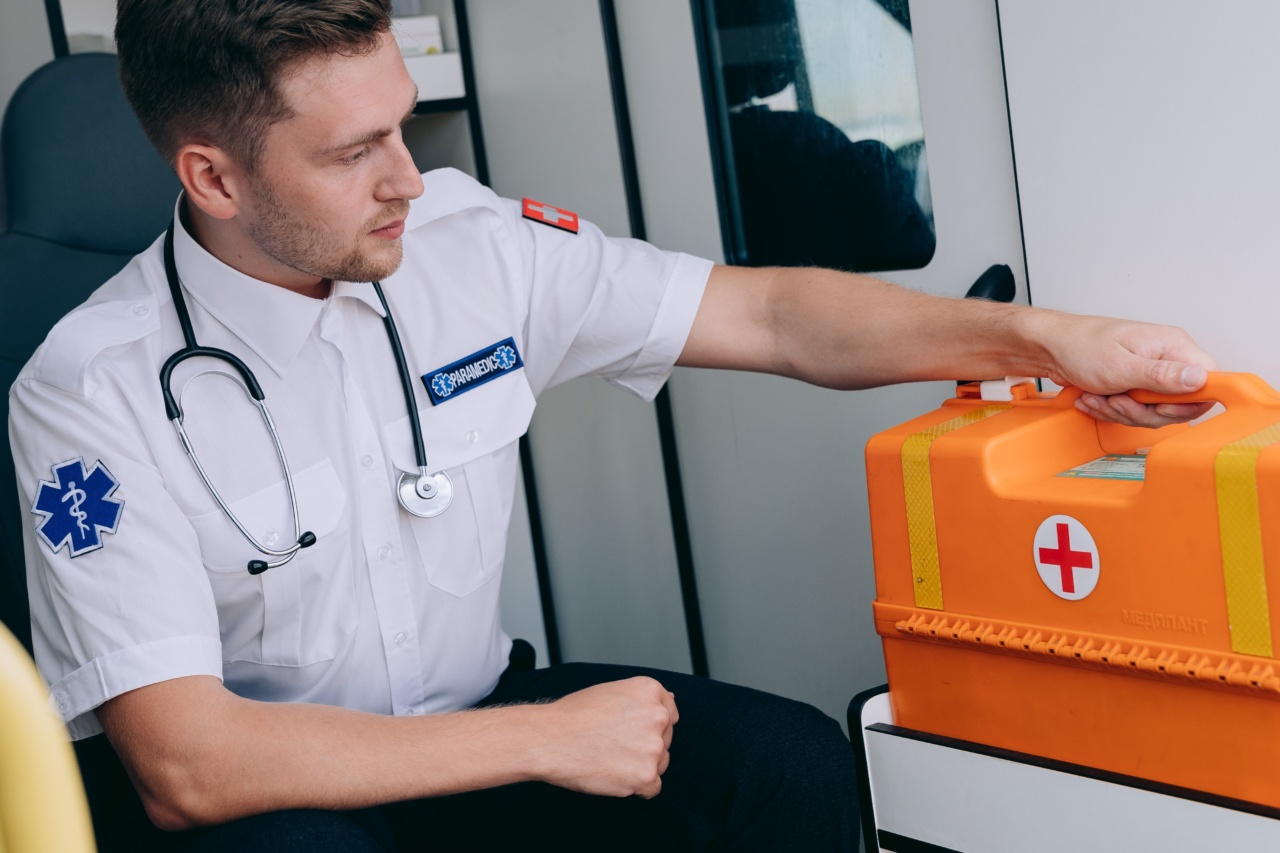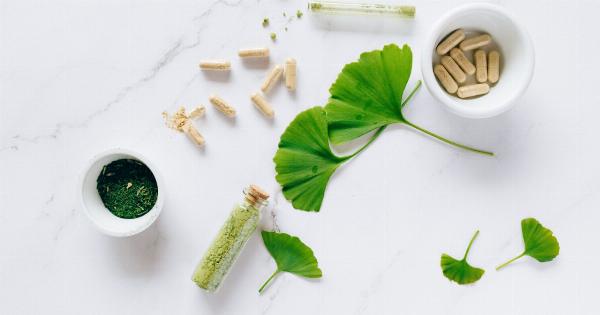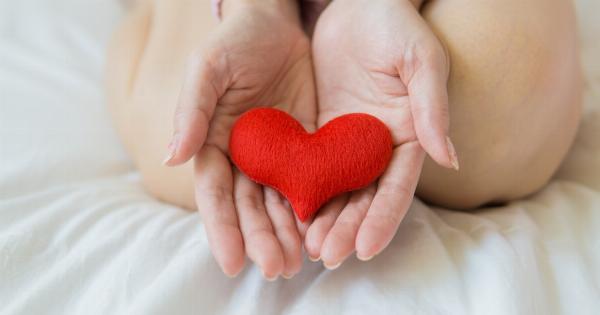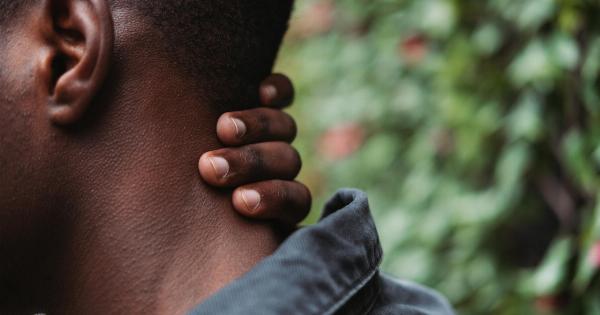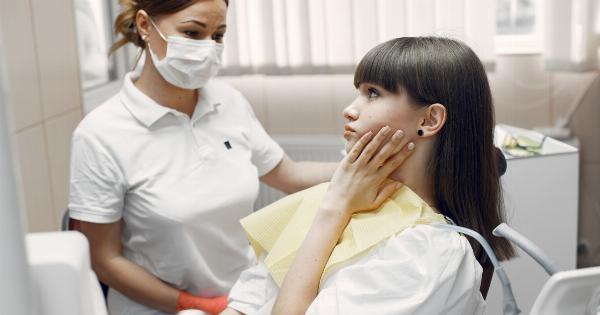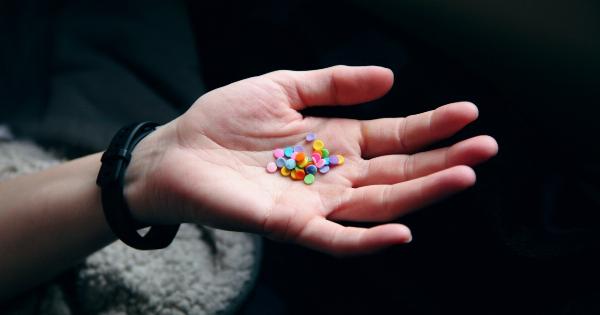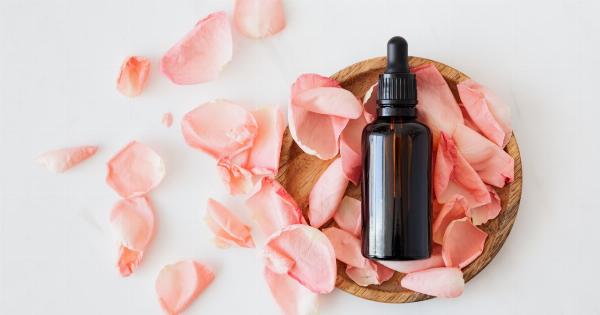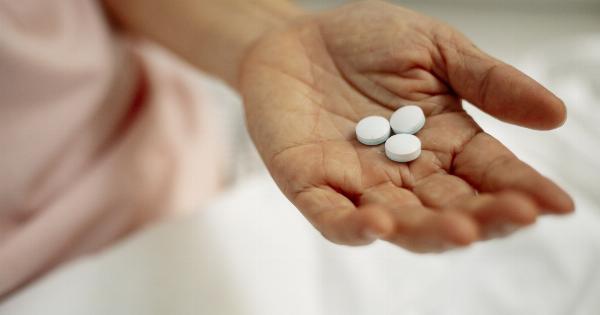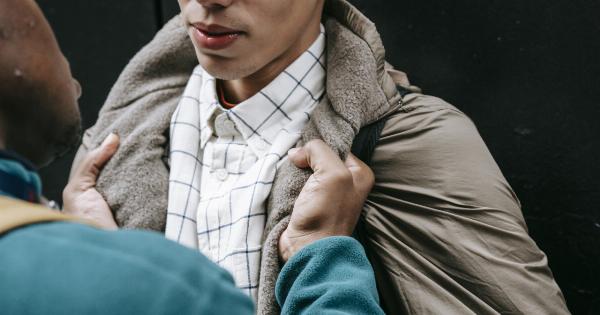Accidents can happen anytime, anywhere. Whether at home, work, or during travel, being prepared with a well-stocked first aid kit can make all the difference.
A first aid kit can help you manage minor injuries or reduce the severity of major ones until professional medical help arrives. Having a complete and comprehensive first aid kit is essential for everyone. Here are the essential items that should be in every first aid kit:.
1. Adhesive Bandages
Adhesive bandages, also known as Band-Aids, are the most common items found in any first aid kit. They are used to cover and protect small wounds, blisters, and cuts.
It’s important to have different sizes and shapes of adhesive bandages to cater to all types of injuries.
2. Sterile Dressings
For severe cuts and wounds that need more than a Band-Aid, sterile dressings are essential. These dressings are designed to absorb blood and prevent infection until medical help arrives.
3. Sterile Gauze
Gauze comes in various sizes and forms and can be used to clean and cover wounds, control bleeding, and promote blood clotting.
4. Medical Tape
Medical tape is used to secure bandages and dressings in place. It can also be used to wrap sprains and fractures as part of a temporary splint.
5. Tweezers and Scissors
Tweezers are used to remove foreign objects such as splinters, glass, and thorns from wounds. Scissors are important for cutting tape, gauze, and clothes during first aid treatments.
6. Disposable Gloves
Disposable gloves are essential for hygienic first aid treatment, especially for wounds that involve bodily fluids. Gloves help prevent the transmission of infections and diseases.
7. Antiseptic wipes and creams
Antiseptic wipes and creams are used to disinfect wounds and prevent infection. These products contain antiseptic agents such as alcohol, hydrogen peroxide, and chlorhexidine that kill bacteria and viruses.
8. Pain Relievers
Pain relievers are essential for managing pain caused by minor injuries. Nonsteroidal anti-inflammatory drugs (NSAIDs) such as ibuprofen and aspirin can relieve pain, reduce fever, and decrease inflammation.
9. Cold Compress
Cold compresses such as ice packs help reduce swelling, inflammation, and pain caused by injuries such as sprains and fractures.
10. Emergency Contact Information
Emergency contact information such as phone numbers, names, and addresses of nearby medical facilities, and your doctor’s number should be kept in every first aid kit.
This information can be crucial during an emergency where you need to seek immediate medical help.
Conclusion
Having a well-stocked first-aid kit is essential for everyone, whether at home, work, or during travel.
A complete first aid kit should contain adhesive bandages, sterile dressings, sterile gauze, medical tape, tweezers, scissors, disposable gloves, antiseptic wipes and creams, pain relievers, and a cold compress. Emergency contact information and instructions on how to use the kit should also be included. Knowing how to use the contents of a first aid kit could mean the difference between a minor injury and a major incident.
